31 Days, 31 Lists: 2021 Unique Biographies for Kids

I’ve never written a biography of another human being. It’s a daunting prospect, don’t you think? To encapsulate another’s life in just a few scant paragraphs. That responsibility is only heightened when the receptive audience for that biography is children. I cannot imagine how the people on this list today were able to do what they did. Each and every one of them takes another human (or two, or three, or a dozen…) and synthesizes them down to what they deem to be their most essential parts. It’s awe-inspiring. Humbling, even.
With that in mind, here are the books that I feel did the greatest justice to their subjects. You’ll see some familiar faces and some folks you’ve never even heard of. As it should be.
ADVERTISEMENT
ADVERTISEMENT
2021 Unique Biographies for Kids
Banksy Graffitied Walls and Wasn’t Sorry by Fausto Gilberti

A peek at the world’s most mysterious, anonymous artist. This strange and wonderful encapsulation of Banksy’s most famous works is bound to intrigue budding artists everywhere. Moreover, I knew I kept reading this series for a reason. Phaidon’s been publishing these Fausto Gilberti “Wasn’t Sorry” books for a while. So far there are Jackson Pollock, Yves Klein, and Yayoi Kusama titles out. This book is the best of the batch. There aren’t a lot of children’s books about Banksy out there, which seems a real shame since his work is sometimes tailor made for kids. I love Gilberti’s bug-eyed stick figure style and the summary of not just what Banksy has done but what Banksy stands for. One of the rare books about an artist that makes you immediately want to look up what else they have done.
Dorothy and Herbert: An Ordinary Couple and Their Extraordinary Collection of Art by Jackie Azúa Kramer, ill. Julia Breckenreid

I think that it is fair to say that we’ve seen a plethora of rich-folks-collecting-art picture book bios in 2021. It’s not a genre that inspires me. Generally it goes along the lines of a rich person (often a woman) seeing the world, getting inspired, and creating a gallery space. What sets Dorothy and Herbert apart is made clear on pages six and seven. Page six shows Herbert Vogel running hell-for-leather down the street, having just left his job at the New York City post office. He’s trying to catch a subway. On page seven his wife, Dorothy, is doing the same, leaving her job at Brooklyn Public Library. So right from the get-go Ms. Kramer is showing you that these are two people with ordinary jobs. They’re not heirs. They’re not travelling the world. In fact, when they get married they honeymoon at the National Gallery of Art. Over time they use their meager salaries to purchase art for themselves. They’ve an incredible eye and the collection takes off. Meanwhile, artist Julia Breckenreid is doing backbends to capture not simply the art of the time but the artists themselves. The references are all there for the culturally savvy. I am less skilled in catching them than some, so the most I could say is that the huge image of Chuck Close worked for me. But there’s this four-page spread of art and artists in NYC that’s jaw-dropping. Art teachers? You reading this? Cause you’re gonna go NUTS for it! All told, the book continually hits home the fact that these were two people with ordinary jobs that entered enclaves usually reserved for the rich. A remarkable accomplishment of a dual biography.
I Am an American: The Wong Kim Ark Story by Martha Brockenbrough and Grace Lin, ill. Julia Kuo
[Previously Seen on the American History List]

Wong Kim Ark was born in America in 1873 and that’s a fact. But could the government take away his rights just because his parents were Chinese? An inspiring story of one man that changed the nation for the better. Okay. There you go. That’s what I’m talking about when I talk about good picture book biographies. This is an expertly crafted bit of modern storytelling about a historical incident. Notice how Brockenbrough and Lin work in references to the displaced Indigenous tribes, keep the focus on Wong, and yet are also able to show what happens to the people in his family. The art too looks simple initially but I was very impressed with Kuo’s use of red on Wong throughout the story. It’s just the right amount of text, never too much or too little on a page. Great backmatter (if he wasn’t already dead I’d want to wring the neck of that Holmes Conrad) and it’s just a really uplifting story.
Jump at the Sun: The True Life Tale of Unstoppable Storycatcher Zora Neale Hurston by Alicia D. Williams, ill. Jacqueline Alcántara
[Previously Seen on the American History List]

There once lived a girl “who was attracted to tales like mosquitoes to skin.” Hear the tale of one of our greatest American writers, and see how it was stories that buoyed her up, even in some of her dark times. Right off the bat I’m going to confess to you that I think we can trust the dialogue in this book. If I don’t miss my guess, it’ll have been taken directly out of some book of hers about her own life. Why do I think that? Because some of it is written in a southern Black dialect. And when it comes to dialect, that’s a tricky way to go. For a lot of parents, they’re not going to like seeing it on the page, even if it is word-for-word replication of stuff Zora wrote down. The art is fantastic (yay, local Evanstonian Jacqueline Alcántara) and I was impressed with how Williams was able to take Zora’s haphazard life and give it form and structure and meaning. It gives free reign to Zora’s spirit, without sugar coating everything. The kind of book that leaves the child reader wanting to know more about the subject. What could be better?
A Life Electric: The Story of Nikola Tesla by Azadeh Westergaard, ill. Júlia Sardà

How did one of the 19th/20th century’s most brilliant men end up dying penniless and alone? The life of Tesla is told with all the good, some of the bad, and a whole lotta pigeons. I may not be the most neutral party to read this book since I often find the art of Sardà to be an instant win for me (though, not always). That said, I love the writing in this book too. I was fond of the fact that all the quotes are sourced, to say nothing of how Westergaard cleverly finds ways of telling Tesla’s story without devolving into bitterness. The pigeon element is particularly interesting in this respect. It gives his end a lightness that you need in a picture book bio. A clever method of telling a story that doesn’t have a happy ending.
Make Meatballs Sing: The Life and Art of Corita Kent by Matthew Burgess, ill. Kara Kramer

Art and justice go hand-in-hand in this retelling of the life of artist, educator, and civil rights activist Corita Kent. And now for the heroic nun portion of our evening. I read this entire book before getting to the end and realizing it was by Matthew Burgess a.k.a. the fellow that did that fantastic picture book biography of Keith Haring last year (Drawing On Walls). I went into this book not knowing a darn thing about Ms. Kent in spite of the fact that she is wildly celebrated in the art community. Burgess breaks down her life very well, and this title could easily win the 2021 award for Most Positive Portrayal of a Nun in a Children’s Book. Love the way the colors pop and the sheer ridiculousness (and sense of humor) behind its title. And, if you like this, good news. There’s a second picture book bio of her out this year by Jeanette Winter called Sister Corita’s Words and Shapes. True story.
Mornings With Monet by Barb Rosenstock, ill. Mary GrandPré

How would you like to wake up at 3:30 in the morning to paint? You wouldn’t? Well, meet Claude Monet, a man who found a pretty unique method of painting a single place at different times of the day. Now here’s the kicker. Rosenstock and GrandPré have both, I would argue, created the best book that either of them has ever produced. GrandPré in particular is to be lauded here. I can’t imagine how one would approach the challenge of illustrating a picture book bio of Monet. You have to evoke his artistic style while, at the same time, not trying to look like you’re replicating it. On a practical level this book also solved for me the mystery of how he was able to paint certain things at certain times of the day. And then that shot of him coming home to his family? There is nothing about this book that I dislike.
Nicky & Vera: A Quiet Hero of the Holocaust and the Children He Rescued by Peter Sís

“I was not a hero… I only saw what needed to be done.” The story of a man who saved 669 Jewish people during WWII, beautifully rendered by a picture book master. After I read this during my lunch I tweeted, “Doggone book. Why are you making me weep quietly in the lunchroom? Not cool, book.” And while I’ll admit that it doesn’t take much to make me tear up, I wasn’t actually expecting to be moved by this latest from Sís. I love his style but I take his books on a case-by-case basis. I walked into this one knowing absolutely nothing and found his unique way of using his art to conduct visual storytelling alongside the text so inventive! Look how he transitions from Nicky’s tale to Vera’s in the art. It’s incredibly careful and clever (two words that describe his books to a tee). Also, is it just me or is Sís pulling the occasional Peter Max imitation in his art? Regardless, when you get to the book’s end it’s powerful. I’m not crying! You are!
Nina: A Story of Nina Simone by Traci N. Todd, ill. Christian Robinson
[Previously Seen on the American History List]

When history demands you speak, what happens when you sing? The story of Nina Simone’s life, from child prodigy to voice of multiple generations. Uh-oh. If it comes down to my having to decide between which of the two Christian Robinson books of 2021 I like more, this or Milo Imagines the World, I’m going to be completely torn. In large part because he’s doing his best work here. Robinson began his career with picture book bios, after all. Stuff like Harlem’s Little Blackbird and Josephine. But he’s pulling out all the stops with Nina. Somehow, he makes the art really kid-friendly, and then manages to pull in all these adult ideas. He incorporates the history into the day-to-day of Nina’s life. There’s this shot of the piano with the March on Washington featured on its top that’s stunning. And then you have Traci N. Todd retelling Nina’s life so well, and using phrases like “politeness had gotten her people nothing”. This is award-winner material. Right here. Read this stellar Eric Carpenter explanation on Calling Caldecott if you don’t believe me.
The People’s Painter: How Ben Shahn Fought for Justice with Art by Cynthia Levinson, ill. Evan Turk
[Previously Seen on the American History List]

A finely wrought telling of the life of a boy who went from shtetl to tenement apartment to becoming an artist who would always fight for the oppressed. I feel like last year we had only a small sample of children’s books with Jewish content to include on our lists. 2021, in contrast, bestows on us a plethora of amazing titles. I was unfamiliar with Ben Shahn, his story, and his work prior to reading this book. So after reading this I looked him up and came to the realization that Evan Turk has seamlessly incorporated Shahn’s work into the illustrations of this book so well that you’d miss them if you weren’t looking. The storytelling is amazing and 20 points for that kicker of a last line. Turk’s art is, as ever, absolutely some of the best coming out these days. There’s even great backmatter, including this Timeline that pairs “Snapshots of Ben Shahn’s Life” in context with “The Bigger Picture” (that’s where the American history comes into play). It’s a beautiful idea and I wish every picture book bio had something similar. All told, this is a picture book bio done exceedingly well.
Pura’s Cuentos: How Pura Belpré Reshaped Libraries with Her Stories by Annette Bay Pimentel, ill. Magaly Morales

What do you do when your library contains none of your stories? Pura Belpré broke the rules to bring the tales of Puerto Rico to life for kids everywhere! Now I’ve read a lot of Pura Belpré picture books in my day and I gotta say, this one is my favorite. Maybe because I worked for NYPL and dealt with an administration that was not all that different from the one in this book. Maybe because illustrator Magaly Morales didn’t make the mistake of other Belpré bios and actually may have looked at the inside of a New York library branch at least once. Or maybe it’s the writing, which has such a great arc, showing how and why Ms. Belpré became an author. Of course, after seeing all those picture books of her that are out of print in the endnotes, I secretly hope some publisher brings them back with contemporary artists’ work.
Rosie the Riveter : The Legacy of an American Icon by Sarah Dvojack
[Previously Seen on the American History List]

Dvojack is an utterly fascinating illustrator to watch. I’m sure you’ve seen your fair share of books for kids coming out with cameos by people from the past. This book sorta jacks up that idea to another level. First off, allow me to introduce you to the endpapers. I had every intention of just skimming on past them, convinced that I’d be seeing the same old, same old. Then my eye alighted on Bernadette Devlin and Ching Shih and that was it. I was hooked. Those women led to a look at the equally intense and fascinating back endpapers (Chipeta (White Singing Bird), Chien-Shiung Wu, Boudicca, etc.). And don’t even get me started on pages 16-17! There’s a very handy guide at the front of the book that could really help you out of you’re curious. Oh. And have I mentioned at all that the book itself is quite good? It runs down the context around Rosie’s existence, and also how she shaped history for women. No fake dialogue. Great text. This one’s a winner through and through.
Runaway: The Daring Escape of Ona Judge by Ray Anthony Shepard, ill. Keith Mallett
[Previously Seen on the American History List]

Sometimes I’ll read through a load of perfectly decent and unexciting picture book biographies and think that maybe I’m too picky. I mean, how many great bios do you even get in a given year? And then I’ll read something like Runaway and it all comes flooding back. THIS is how you write something that’s original and exciting and simple and has an epic point. Shepard’s book is an exercise in restraint. He takes the “best” possible slave situation and shows just how awful it can be. This feels like the answer to the problem that was A Birthday Cake for George Washington. A much needed corrective.
She Sang for the Mountains: The Story of Singer, Songwriter, Activist Jean Ritchie by Shannon Hitchcock, ill. Sophie Page

Seems appropriate that a tale of an Appalachian hero should be illustrated with clay, paper, fabric, wire, and (I love how this is written in the bio page) “a handful of coal”. Could anything be more perfectly suited? Could anything be lovelier? Sophie Page gives her all with these magnificent illustrations highlighting the life of a folksinger from the 60s. Though she was ripped off by Dylan and Pete Seeger “never got over the notion that I only sang ballads,” (quoth she), Jean Ritchie’s life is now told in full for kids. From early days singing with her family, to a firsthand view of what mining did to her land, to her eventual place in the cosmos of folk musicians, this book has it all. It’s not a happy dappy little bio either. The way Hitchcock writes it, you see the mining companies take chunk after chunk after chunk out of the land. I would have loved a little bit of explanation or exploration of the duality that comes with miners feeling abandoned when mining companies leave, alongside the environmental devastation. Still, this is one of the most visually stimulating picture book bios of the year and it would be a shame for you to miss it.
Shirley Chisholm Dared: The Story of the First Black Woman in Congress by Alicia D. Williams, ill. April Harrison
[Previously Seen on the American History List]

Thank God for Shirley Chisholm. Not just in real life, but in children’s books these days. You ever noticed that when people do group shots of famous women of the past, Shirley always has the best clothes? Like, consistently the best. She just pops too. The hair, the glasses, you recognize her. Now this isn’t the first Chisholm picture book bio we’ve seen and it certainly won’t be the last, but I like its style. It’s one of those all-encompassing bios that starts in childhood and really nails Shirley’s personality from day one. It talks about her childhood in Barbados and has this nice way of punctuating the book with types of things people said about Shirley (but never in quotation marks, thank god). It ends with her election to Congress and then mentions her run for the presidency in the Author’s Note, which I also found a smart choice. Harrison’s art works. Though her colors are a bit muted, I thought she really gave the characters personality in each of the scenes. My sole, teeny objection to the art is that Harrison never captures Chisholm’s trademark gap between her teeth. As a gap-toothed gal myself, I was missing that detail. Otherwise, spot on.
Song for Jimi: The Story of Guitar Legend Jimi Hendrix by Charles R. Smith Jr., ill. Edel Rodriguez
[Previously Seen on the American History List]

From Jimmy to Jimi. A young motherless boy goes on to become a rock and roll legend in this eye-popping deep dive into the Jimi Hendrix life and legacy. It’s not the first Jimi Hendrix bio I’ve ever read and it won’t be the last but this book is a truly gorgeous piece of work. What Smith has done here that’s so good is to really pair different moments of Jimi’s life with different types of music. The most obvious of these is when he’s young and sad and the text is written with the cadence of the Blues. Smith’s a poet himself so this makes perfect sense, but less obvious are the moments when he takes the rhythm from songs like “Crosstown Traffic”. Meanwhile Edel Rodriguez has just outdone himself with some of this art. The psychedelic 60s never looked so good. As for why it’s on today’s list, watching Jimi serve in Vietnam (something I knew nothing about) and then change the landscape of American music… that’s good enough for me.
Sonny Rollins Plays the Bridge by Gary Golio, ill. James Ransome

Part of what I like so much about the picture book biography oeuvre (and yeah, I just said “oeuvre” with a straight face) are the choices made not only by the authors and illustrators but also by the publishers. Sonny Rollins? This is a fascinating case of a jazz legend who is still alive, and the little story about him that’s inspired two picture book bios to date (with, I suspect, more destined in his future). And why? Because he used to do something that adapted well to the picture book format. As the legend says, he stepped away from his career when it was on the rise, and started walking over to the Williamsburg Bridge to play his sax alongside the city noises. The Barry Wittenstein bio Sonny’s Bridge puts this moment within the context of Sonny’s life. Gary Golio’s book here takes a different tack. He zooms in so that the book is JUST about a guy walking to a bridge and playing music there. This assumes a younger readership. One that probably doesn’t need a backstory for the musician himself. Essentially, this is a book that exists because playing an instrument on a public bridge is just cool. Naturally there’s backmatter that gives some context, including a note on how Gary spoke with Sonny firsthand. I was particularly interested in some of James Ransome’s choices along the way. There’s the layered effect of train, bridge, and pedestrians at the start. The colorful bubbles that represent sound, as Sonny is restricted in the city and set free on the bridge. That gorgeous image of New York in the shadow of that same bridge. Fall colors and, of course, the sax itself, reflecting the colors of the music. Consider this a bio that would pair well with a younger jazz-related storytime with books, like This Jazz Man.
Sprouting Wings: The True Story of James Herman Banning, the First African American Pilot to Fly Across the United States by Louisa Jaggar and Shari Becker, ill. Floyd Cooper
[Previously Seen on the American History List]

ADVERTISEMENT
ADVERTISEMENT
I harbor a particular fondness for picture book bios that feature people who have never been properly celebrated in the adult sphere. Even as recently as 20 years ago you would almost have never seen a biography for kids talk about someone who wasn’t already famous. These days there’s a burgeoning awareness that heroes have been with us always, and we just didn’t acknowledge them properly. Case in point, Mr. James Herman Banning. Lindberg gets all the flight press and is HUGELY problematic. Why not celebrate a pilot who knew what he wanted from a very young age and broke down barriers to get it? The story of Banning and the Gold Book (the plane he flew across the country and was signed by people along the way) reminded me a lot of that Mara Rockliff title Around America to Win the Vote, just in terms of the sheer amount of energy it took to get these early vehicles to not break down every hour or so. And, of course, this is one of Floyd Cooper’s last books. His work on it is just as extraordinary as you would expect. Note the particularly heartbreaking details at the end about how Banning died. But it’s not in the main text, so you have to look for it.
Unbound: The Life and Art of Judith Scott by Joyce Scott with Brie Spangler, ill. Melissa Sweet

The triumphant story of an artist with Down syndrome who went on to conquer the art world, as told by her twin sister. Magnificent colorful art brings Judy’s story to vibrant life. This story doesn’t shy away from harsh realities either. All the more remarkable that it is capable of making Judy’s life ultimately triumphant. There is a LOT to discuss with a kid when you put it down, particularly how we’ve treated the differently abled in the past and what more needs to be done. I thought the portrayal here was sensitively done, if not downright eloquent. As ever, Sweet’s art is in peak form, and I honestly think there may not be any other illustrator that could have brought this story to life half as well. Engrossing and challenging by turns.
Collected Biographies for Older Readers
Before They Were Artists: Famous Illustrators as Kids by Elizabeth Haidle

Every famous artist was once a kid. But how did they become great illustrators? A look at where it all began for six people. Again, we’ve a book that straddles the picture book/older reader line. There’s always a danger with books of this sort where you write it for adults more than for kids. What’s so nice about Haidle’s angle is that she’s tackling this with the childhood of each of these six creators squarely in mind. This is a book about how your experiences as a kid can inform your entire life (in a good way). I’d not read her previous book (Before They Were Authors: Famous Writers As Kids), so I can’t compare it to its predecessor. All I can say is that I like the way it’s laid out in a kind of graphic novel panel-heavy format, I like the art (not attempting to replicate the art, but invoke it), and I like how she’s formatted each life. Sometimes she’s not great at caricature (Jerry Pinkney never really ends up looking like Jerry Pinkney) but otherwise it’s pretty cool.
Latinitas: Celebrating 40 Big Dreamers by Juliet Menéndez

Meet 40 influential Latinx leaders and dreamers. These women changed the world, and gorgeous, precise watercolors help tell their stories. You can usually figure out how much I like a book by the sheer amount of leeway I granting it. This book commits my least favorite cardinal sin of nonfiction literature: It includes fake dialogue. Now I say that, but it’s really only particularly egregious in the first biography of Sor Juana Inés de la Cruz. After that, you just get swept up in these stories. Menéndez has done her due diligence and found a whole host of heroes, some known and some unknown to me, worthy of their own biographies. Berta Cáceres was the one I was most ashamed not to have already known. But really, it’s the art that blew me away. I very much dig this style. There’s something about the precision of it that really appeals.
Curious about previous years’ biography lists? Then check out what’s come before:
And here’s what else we have happening this month:
December 1 – Great Board Books
December 2 – Board Book Reprints & Adaptations
December 3 – Transcendent Holiday Picture Books
December 4 – Picture Book Readalouds
December 5 – Rhyming Picture Books
December 6 – Funny Picture Books
December 7 – CaldeNotts
December 8 – Picture Book Reprints
December 9 – Math Books for Kids
December 10 – Books with a Message
December 11 – Fabulous Photography
December 12 – Wordless Picture Books
December 13 – Translated Titles
December 14 – Fairy Tales / Folktales / Religious Tales
December 15 – Unconventional Children’s Books
December 16 – Middle Grade Novels
December 17 – Poetry Books
December 18 – Easy Books & Early Chapter Books
December 19 – Older Funny Books
December 20 – Science Fiction Books
December 21 – Fantasy Books
December 22 – Informational Fiction
December 23 – American History
December 24 – Science & Nature Books
December 25 – Autobiographies *NEW TOPIC!*
December 26 – Biographies
December 27 – Nonfiction Books for Older Readers
December 28 – Nonfiction Picture Books
December 29 – Best Audiobooks for Kids
December 30 – Comics & Graphic Novels
December 31 – Picture Books
Filed under: 31 Days 31 Lists, Best Books, Best Books of 2021, Booklists
About Betsy Bird
Betsy Bird is currently the Collection Development Manager of the Evanston Public Library system and a former Materials Specialist for New York Public Library. She has served on Newbery, written for Horn Book, and has done other lovely little things that she'd love to tell you about but that she's sure you'd find more interesting to hear of in person. Her opinions are her own and do not reflect those of EPL, SLJ, or any of the other acronyms you might be able to name. Follow her on Twitter: @fuseeight.
ADVERTISEMENT
ADVERTISEMENT
SLJ Blog Network
One Star Review, Guess Who? (#211)
Kevin McCloskey on ‘Lefty’ | Review and Drawn Response
Notable NON-Newbery Winners: Waiting for Gold?
The Seven Bills That Will Safeguard the Future of School Librarianship
Take Five: Newbery Picks, Part Two
Gayle Forman Visits The Yarn!
ADVERTISEMENT



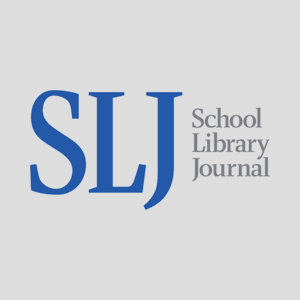
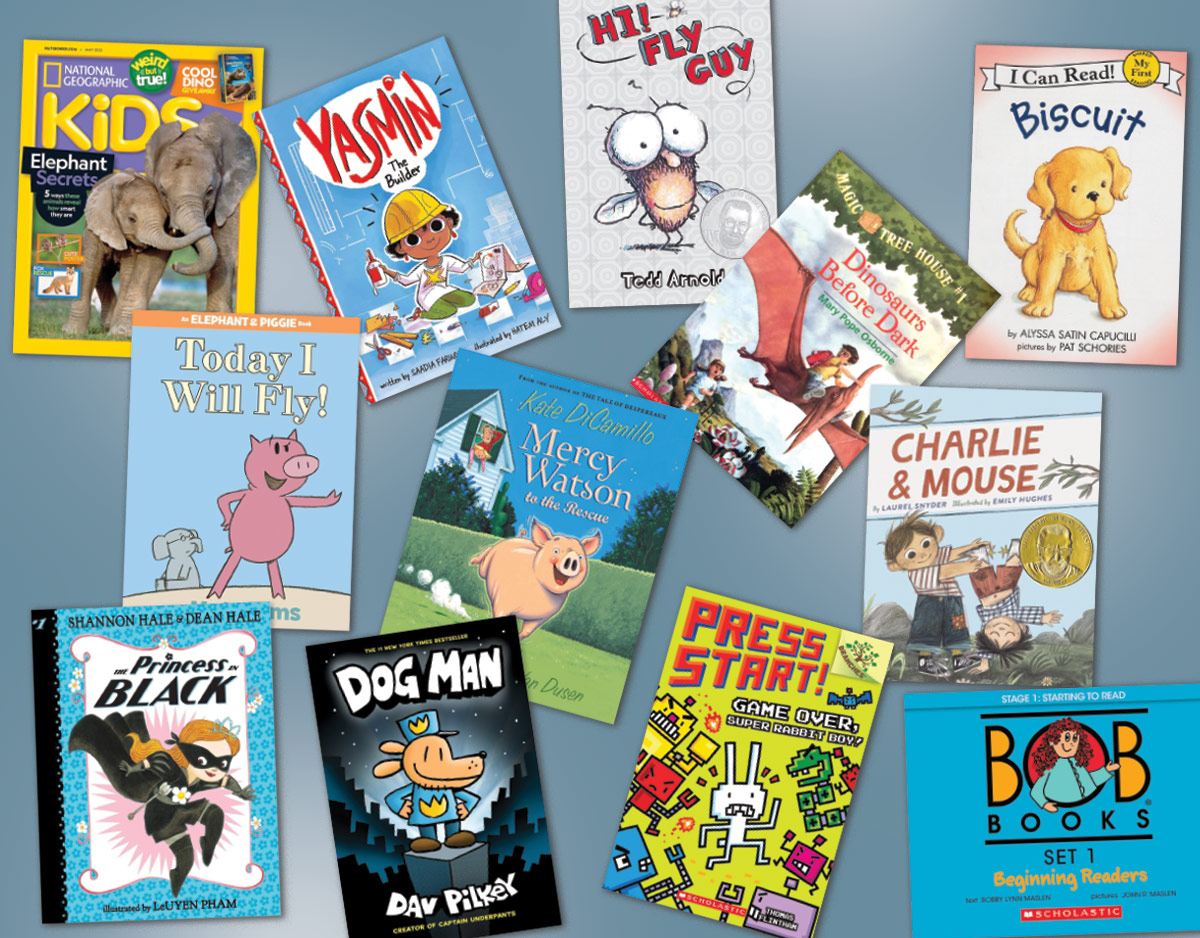
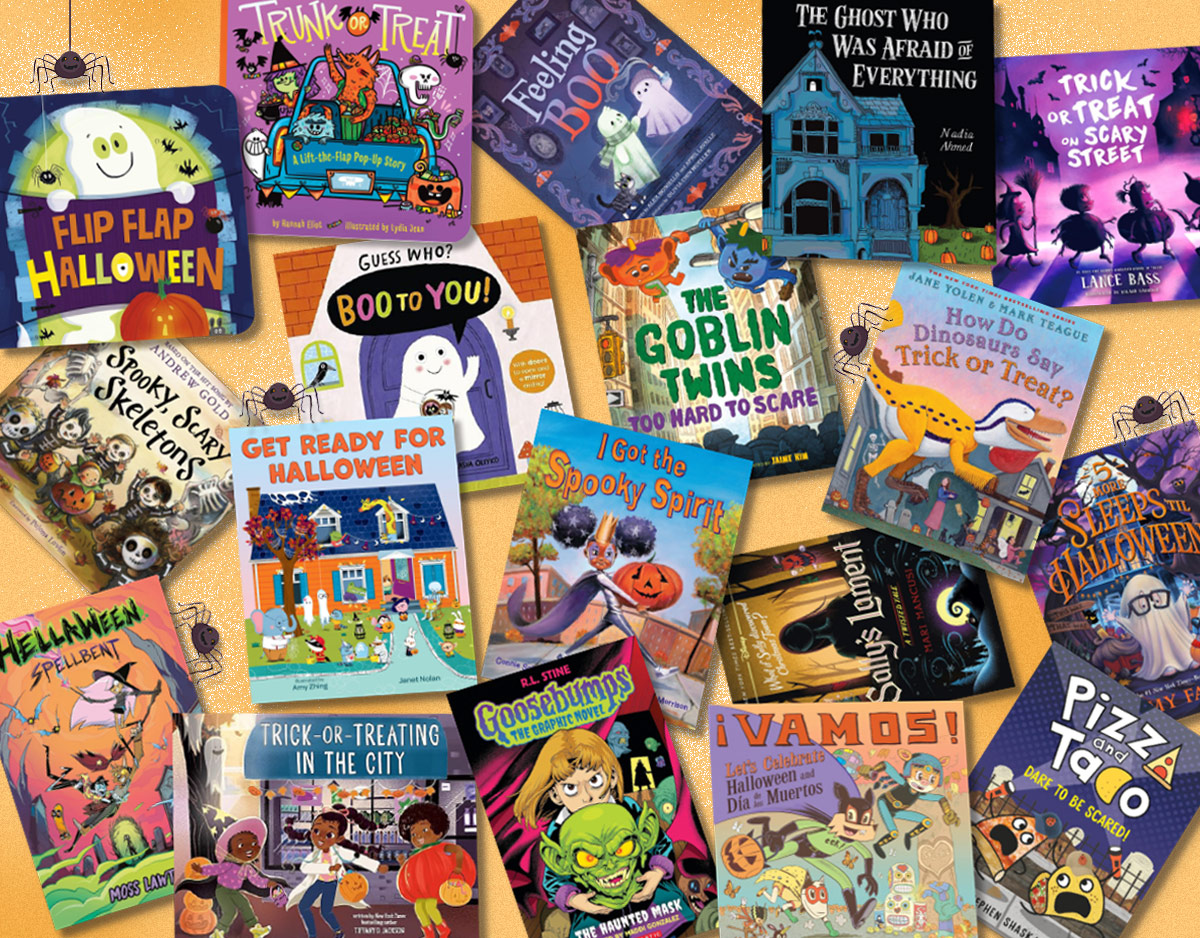
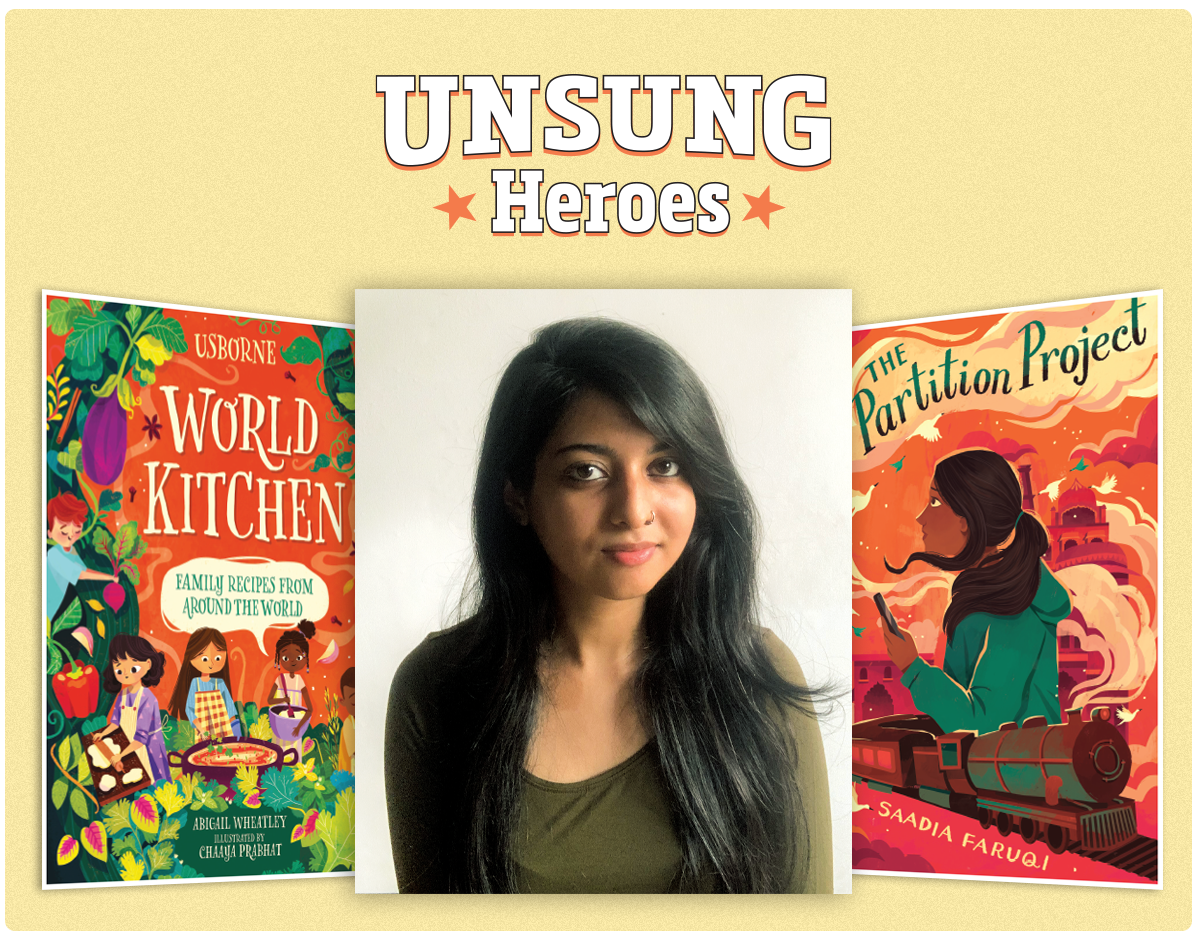
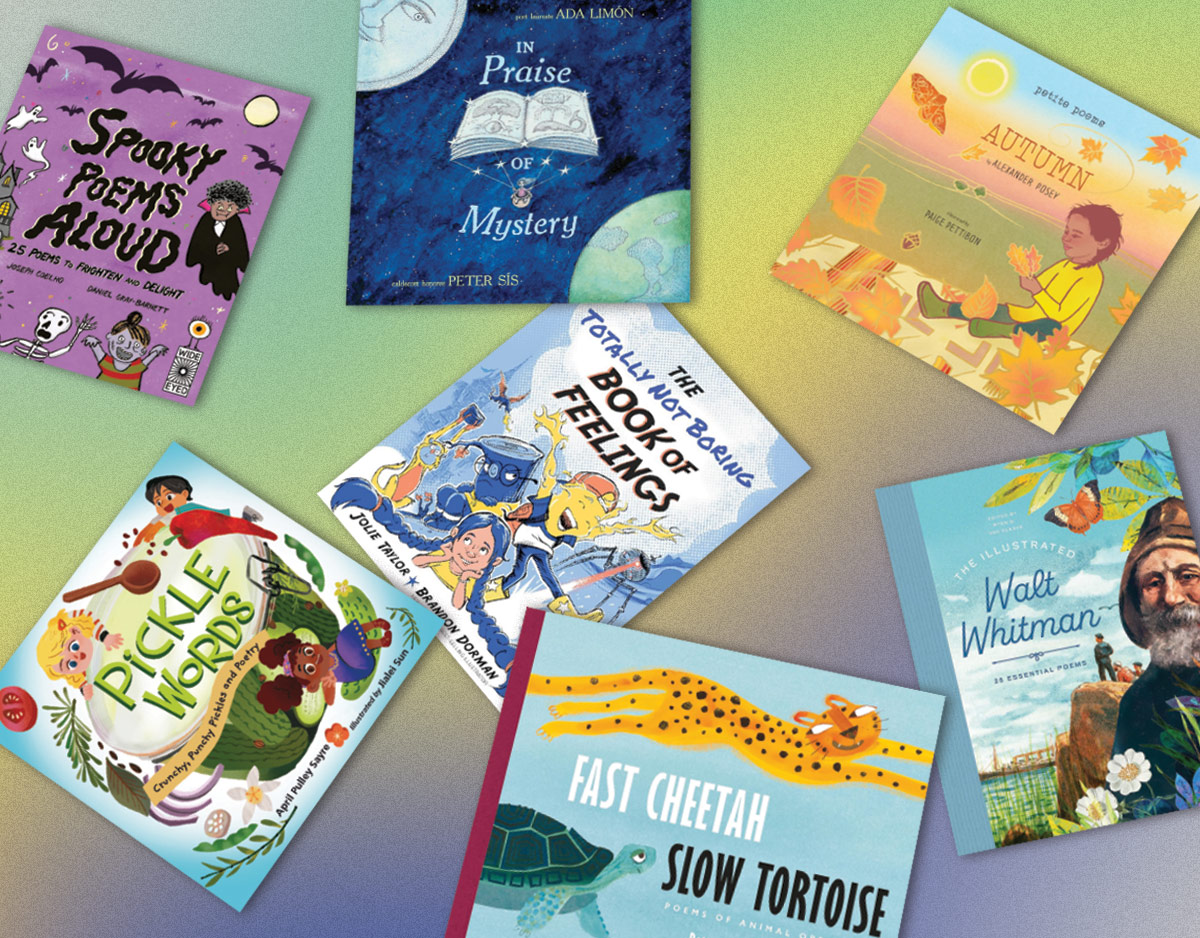
What an incredible list of PB bios!! So beautiful and fascinating, and I love She Sang for the Mountains. One other PB bio I’d like to mention is Bartali’s Bicycle: The True Story of Gino Bartali, Italy’s Secret Hero, which also made me cry and has amazing artwork. Thanks for these lists – I always enjoy them!
Thank you for including UNBOUND in this august list, and brava! to all the authors and illustrators for their impressive work. Look forward to seeing a number of these books I hadn’t seen yet. Happy new year.